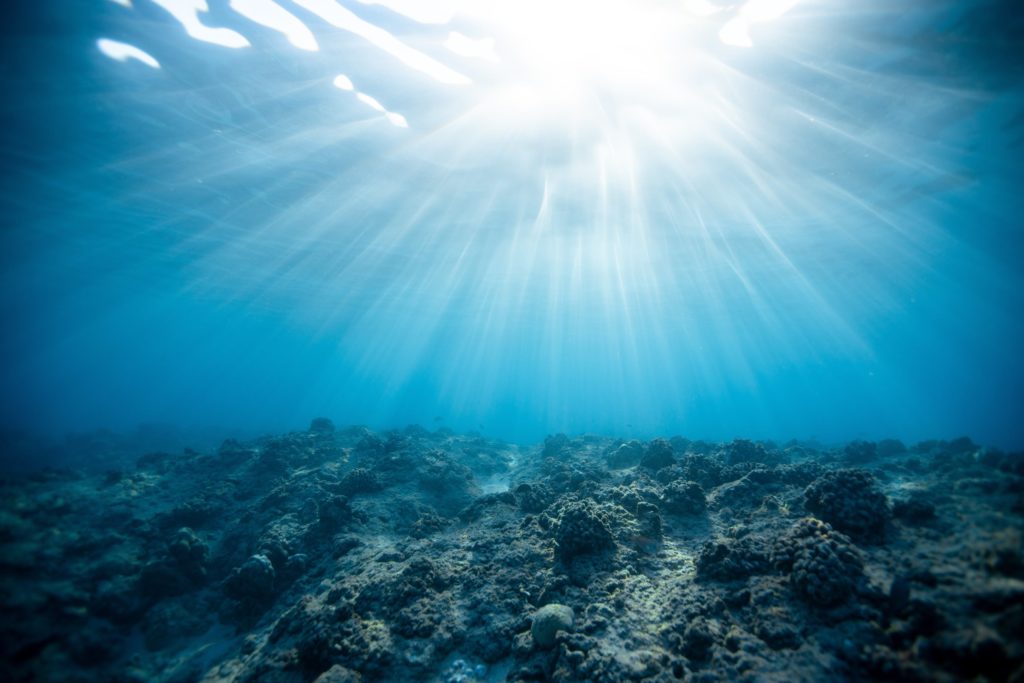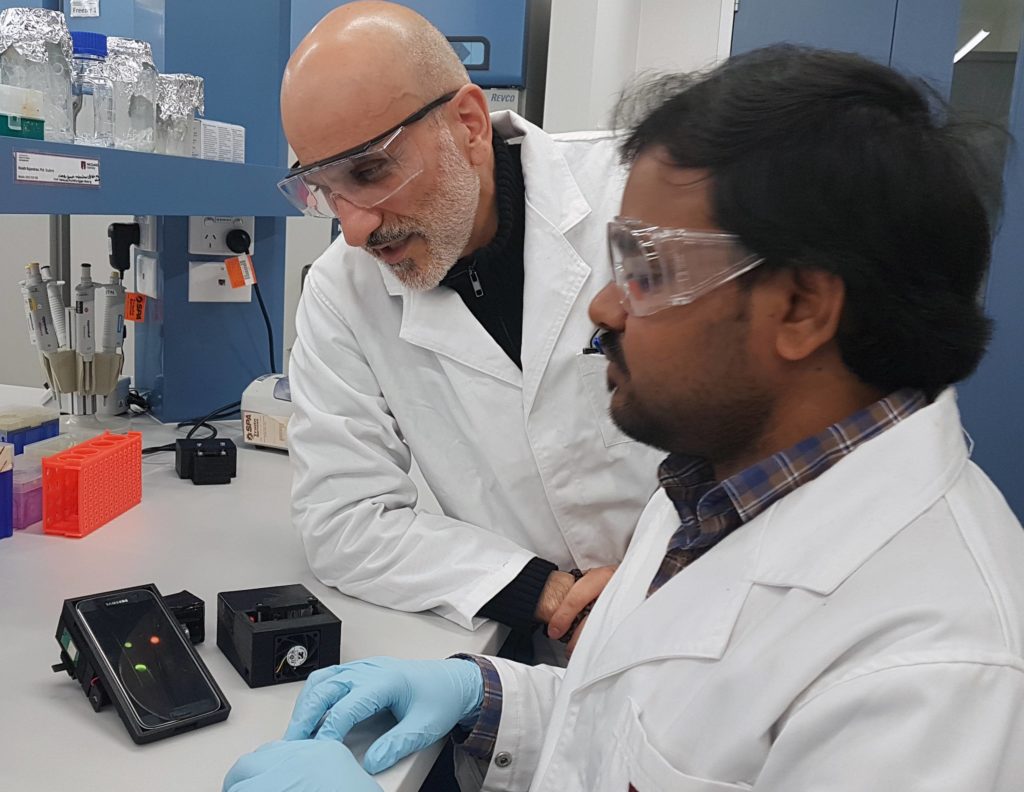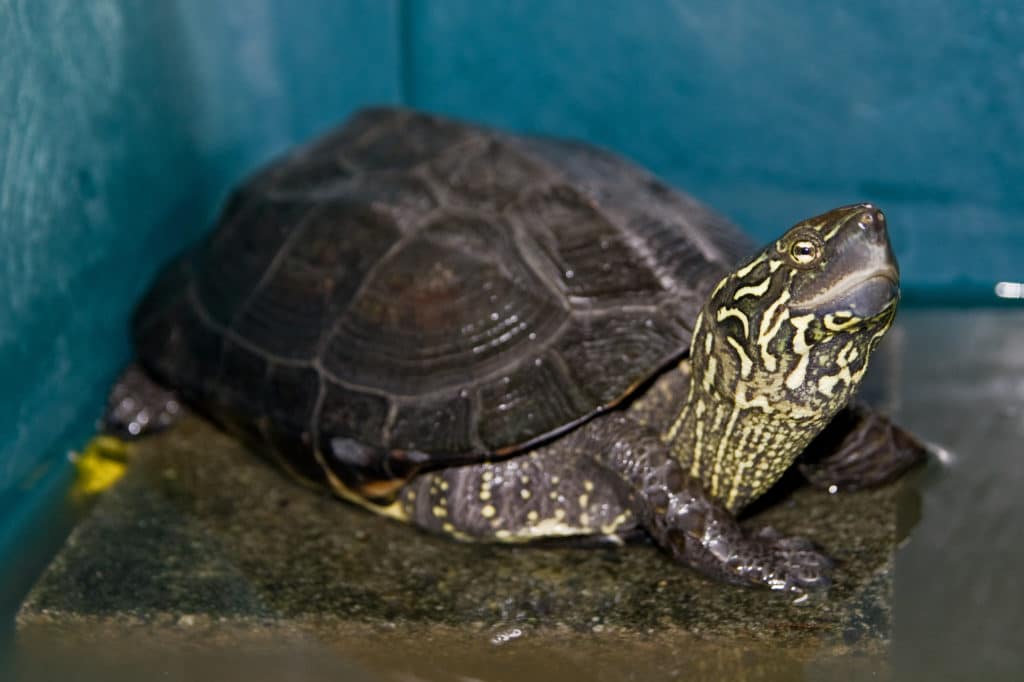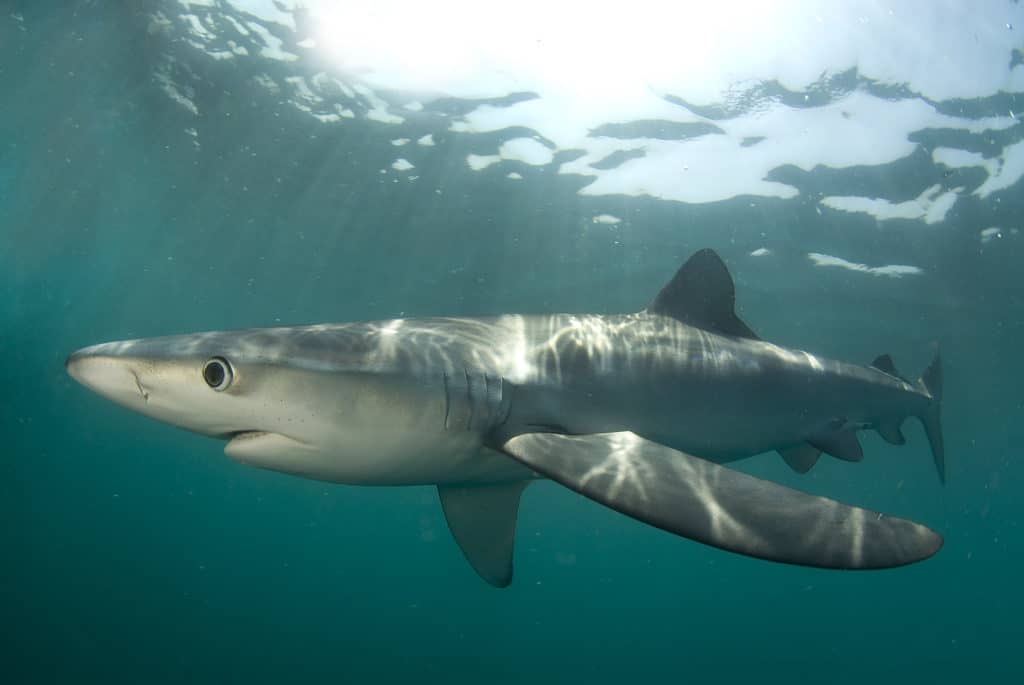Australia-UK researchers identify ancient protein pumps that make bacteria tough to treat – but could be key to new green polymers
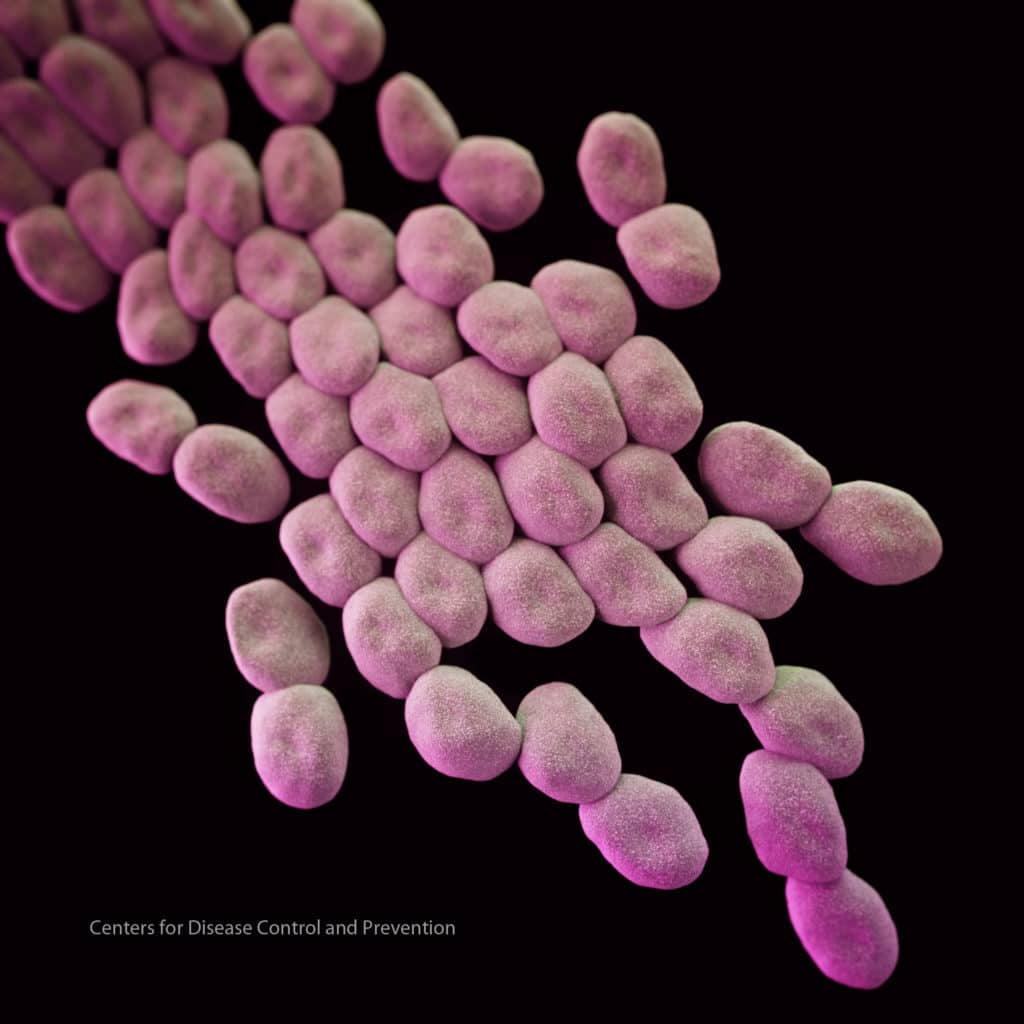
The molecular machinery used by bacteria to resist chemicals designed to kill them could also help produce precursors for a new generation of nylon and other polymers, according to new research by scientists from Australia and the UK.
“Resistance to artificial antiseptics appears to be a lucky accident for the bacteria, and it could also be useful for humans,” says Professor Ian Paulsen of Australia’s Macquarie University, one of the leaders of the research group.
Continue reading Antiseptic resistance in bacteria could lead to next-gen plastics


